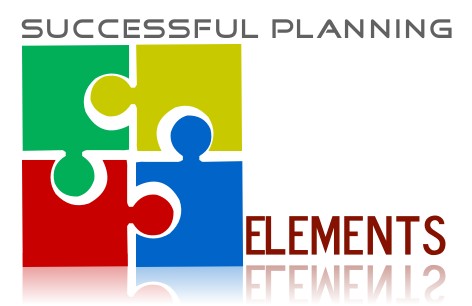Quick Links
...transforming talent into performance
|
|
"Do just once what others say you can't do, and you will never pay attention to their limitations again."
~ James R. Cook
"Success is not the key to happiness. Happiness is the key to success. If you love what you are doing, you will be successful."
~ Albert Schweitzer
"The greater the obstacle, the more glory in overcoming it."
~ Moliere
|
|
|
Greetings!
Studies show that employees thrive in the workplace when they know that their supervisor cares about them as people, and invests time and resources to support their development. Coaching is a vehicle to achieve this level of engagement and is predicated on the following: a culture of trust is present (an absolute requirement for coaching to be effective); the coachee (employee) is receptive to the idea of change; and the coach (manager) exhibits superior communication skills, such as listening, questioning and feedback skills to empower and inspire the employee to take action.
How do you measure the effectiveness of coaching? Outside of conducting a full-blown employee engagement survey, you can measure the success of your coaching endeavours through observing the following:
- You "ask" more than "tell" or direct.
- You provide 5 positive comments to every 1 critical comment daily.
- You meet regularly (monthly/quarterly) with staff to discuss their needs, goals and motivations.
- Regular use of affirmative language such as: "I will" or "I can."
- More collaboration up, down and across.
- Fewer surprises and fewer fires to put out (more regular communication).
- People come to you with solutions not just problems.
- People are working smarter not harder and/or longer.
- People find ways to leverage their strengths and manage their weaknesses.
- Less push back from staff.
When you take time to coach your employees, you're effectively saying "I care about you and your job satisfaction - not just your performance". Please visit www.theconfidentcoach.com for additional articles on coaching skills and to learn about our Confident CoachÒ training program for managers.
Enjoy this issue of talent talk !
Rebecca |
|
| _____________________________________ | |
Senior Executives Top Challenge For 2013...
Employee Engagement!
What is employee engagement? Engaged employees really care about the company. They are willing to "give whatever it takes" to make the company the best it can be. Engaged employees have an emotional bond to the company, which results in higher levels of productivity, increased customer satisfaction, and decreased absenteeism & turnover.
However, a recent study by MSW Research, Gallup, & Dale Carnegie Training shows that only 29% of employees around the world are fully engaged. Now you can see why this is a top challenge for senior executives!
This is not just an HR situation. This is a critical business issue. The entire company, including the "top brass," needs to be involved, responsible, and encouraged to make engagement the top priority in the company.
The ability to engage and retain talent has an incredible affect to the company's bottom line. According to the Bureau of National Affairs, turnover costs approximately 1.5 times the annual salary and costs businesses around $11 billion annually. In addition to increased turnover costs, disengaged employees are unproductive and drag morale down. What is this costing you?
Click here to read the entire article... |
| _____________________________________ |
|
Elements Of A Successful Strategic Plan
Businesses succeed or fail for a variety of reasons. But one thing's for sure, successful companies have created their successes. One of the  most effective ways to create your successes is to plan it. most effective ways to create your successes is to plan it.
Planning helps to get you there faster and more effectively than by just hoping to become successful.
For example, if you were to build a house, would you do it without a plan? Certainly you could probably make that happen, but is it the most effective and efficient way? By having a plan, you save time and money and get what you envisioned.
Planning makes all the difference. Planning the future of your business entails four stages:
1) Understanding your industry inside your company and outside your company
2) To visualize the future for your company
3) Identifying the goals and planning their achievement
4) Implementing the plan
There are several important elements that should be included within your plan: Click here to read the entire article... |
| _____________________________________ | |
|
Could Misalignment Exist In Your Company?
Alignment is the delicate balance between an organization's people, processes, resources, and departments. It is a matter of aligning your vision with people, strategy, structure, and processes with a focus on the customer and a foundation of core values. Because they are interdependent, they must be aligned for success. Misalignment is when one or more of these components are not working towards the same goals or strategy. The longer the misalignment goes on the more destructive it can be. Sales, profits, turnover, & additional waste are just some of the outcomes from any one part being misaligned.
Often, misalignment slowly creeps into an organization under the radar. When left unattended it starts to undermine the success & outcomes of a company and its people. There are numerous reasons for this to happen but it cannot be left out of sync.
Click here to read more.... |
| _____________________________________ | |
|